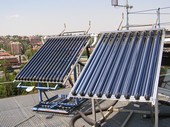This paper investigates the use of activity-explicit Marginal Abatement Cost Curves (MACC) to design abatement strategies. It shows that introducing inertia, in the form of the cost in time of available options, changes significantly the message from MACCs. With an abatement objective in cumulative emissions (e.g. emitting less than 200 GtCO2 in the 2000-2050 period), it makes sense to implement some of the most expensive options before exhausting the potential of the cheapest ones. With abatement targets expressed in terms of emissions at one point in time (e.g. reducing emissions by 20% in 2020), it can even be preferable to start implementing the most expensive options if their potential is high and their inertia is significant. Also, the best strategy to reach a short-term target depends on whether this target is the ultimate objective or there is a longer-term target. The best way to achieve Europe's goal of 20% reduction in emissions by 2020 is different if this objective is the ultimate objective or if it is only a milestone in a trajectory toward a 75% reduction in 2050. The cheapest options may be sufficient to reach the 2020 target but may create a carbon-intensive lock-in and making the 2050 target unreachable. These results show that without perfect foresight and perfect credibility of the long-term carbon-price signal, a unique carbon price in all sectors is not the most efficient approach. Overlapping sectoral objectives, such as the 20% renewable energy target in Europe, fuel-economy standards in the auto industry, or changes in urban planning, building norms and infrastructure design may be part of an efficient mitigation policy.
The paper was presented on EAERE 2012 conference.
Full version of the paper is available here: Vogt_WPS5803.pdf


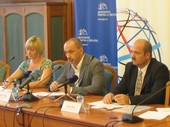

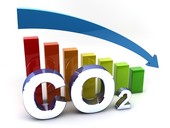
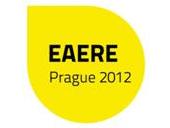
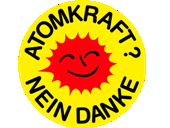
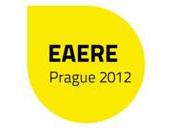
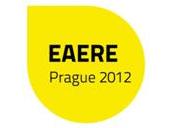
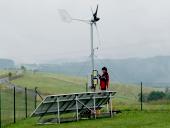
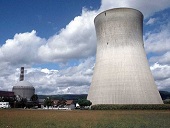
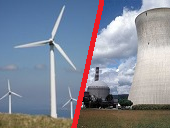
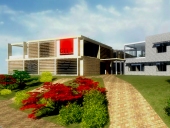



![Energy [R]evolution](/docu/clanky/0086/008673ou.jpg)
